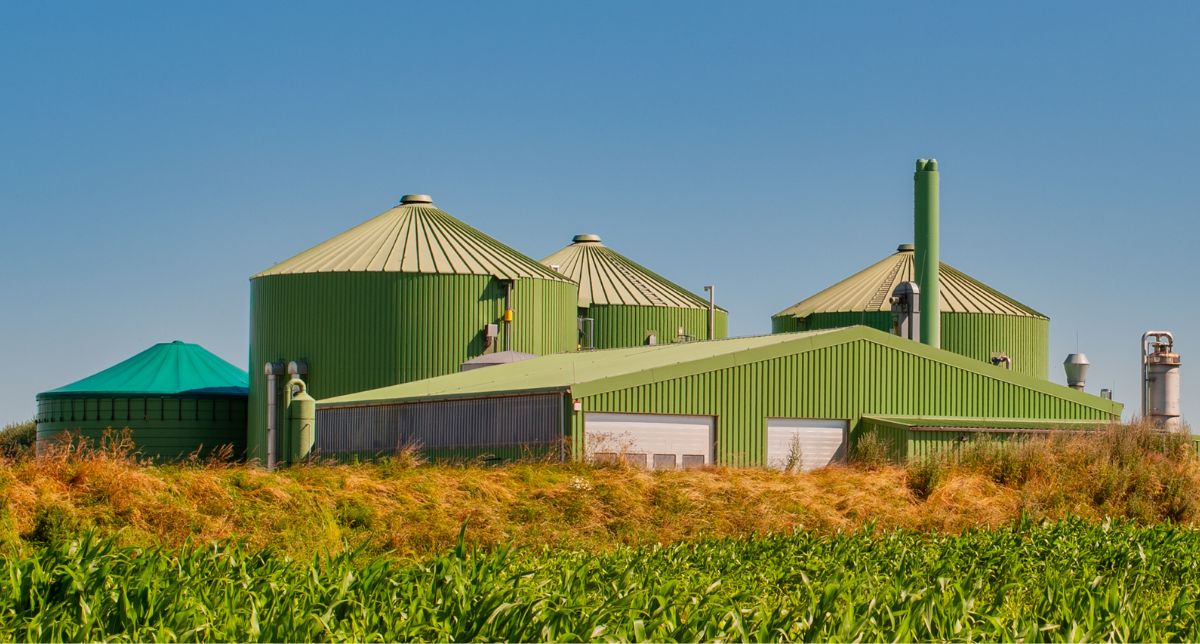Besides grains and protein, agribusiness is establishing itself as an energy superpower. Sugarcane bioelectricity already surpasses the output of the largest hydroelectric plant in the Americas, and now biogas from animal waste and agricultural residues is emerging as the next pillar of national energy security.
While the world’s eyes turn to massive hydroelectric dams and vast wind and solar farms, a quieter and more distributed energy revolution is advancing rapidly across Brazil’s heartland. Agribusiness, the engine of the national economy, has transcended its role as a food producer to become one of the most important generators of clean energy on the planet. The most emblematic milestone of this transformation is an achievement that redefines the scale of the sector: electricity generated from sugarcane has already, in recent years, surpassed the total output of the Itaipu Hydroelectric Plant—the largest in the Americas and for decades a symbol of Brazilian engineering and energy might.
This achievement, however, is only the tip of the iceberg. The true depth of this revolution lies in diversifying sources and harnessing everything once considered waste. Now, the new frontier is biogas, a renewable fuel produced from animal waste and crop residues, which promises to transform every farm and every mill into a potential energy hub.
Surpassing Giants: The Power of Bioelectricity
The data confirm the scale of sugarcane bioenergy. According to the Brazilian Sugarcane Industry Association (UNICA), in years such as 2021, the energy exported to the national grid from the burning of sugarcane bagasse and straw reached nearly 70,000 Gigawatt-hours (GWh). During the same period, Itaipu’s output, although still monumental, was lower.
This comparison does not diminish Itaipu’s importance but instead elevates the status of bioelectricity. Its great strategic advantage lies in seasonal complementarity. The sugarcane harvest takes place mostly during Brazil’s dry season (between April and November), precisely when hydroelectric reservoirs are at their lowest levels. “Sugarcane bioelectricity enters the system exactly when it’s needed most, reducing the need to activate fossil-fuel thermal plants, which are more expensive and polluting,” explains a specialist at the National Electric System Operator (ONS). This synergy is crucial for the stability and sustainability of Brazil’s power grid.

The New Frontier: Biogas’s Billion-Dollar Potential
If bagasse burning is already a consolidated reality, the use of other residues for biogas and biomethane production is the wave that will define the next decade. Biogas is produced by the decomposition of organic matter (such as pig and cattle manure, slaughterhouse waste, and ethanol production leftovers) in oxygen-free environments, inside equipment known as biodigesters. This methane-rich gas can be used to generate electricity and heat on the farm itself or purified into biomethane, a perfect substitute for vehicle natural gas (CNG) and diesel.
The sector’s figures, compiled by the Brazilian Biogas Association (Abiogás), are impressive and show exponential growth.
-
- Record Growth: According to the latest Biogas Outlook in Brazil, published in partnership with the International Center for Renewable Energy and Biogas (CIBiogás), the number of operational biogas plants in the country grew by more than 25% in the last year, surpassing 1,000 active plants.
- Production Potential: Brazil’s technical potential for biogas production is approximately 84 billion cubic meters per year. This would be enough to supply around 40% of the national electricity demand or replace 70% of the country’s diesel consumption.
- Agribusiness Leadership: The agricultural sector is the absolute driver of this expansion. Currently, 80% of biogas plants in Brazil are located in rural areas, primarily using waste from pig and cattle farming. The state of Paraná, the leader in animal protein production, also tops the ranking of biogas plants, turning an environmental liability (waste) into a valuable energy asset.
Economic and Environmental Impact
The expansion of bioenergy and biogas represents much more than just megawatts. It signifies the creation of a new economy in Brazil’s interior. Distributed generation strengthens the local power grid, reduces transmission losses, and can ensure energy supply in remote areas. In addition, biogas production generates a nutrient-rich byproduct called digestate, which can be used as a biofertilizer, reducing Brazil’s dependence on imported chemical fertilizers—a topic of high geopolitical and economic relevance.
From an environmental perspective, the benefits are twofold. First, it prevents methane from animal waste—a greenhouse gas 28 times more potent than CO₂—from being released directly into the atmosphere. Second, it replaces fossil fuel use.
The path of agribusiness as an energy powerhouse is set. The sector that ensures Brazil’s food security, and part of the world’s, is now solidifying itself as an indispensable pillar for energy security and for achieving the country’s climate goals, proving that sustainability and productivity can, and must, go hand in hand.

Comment